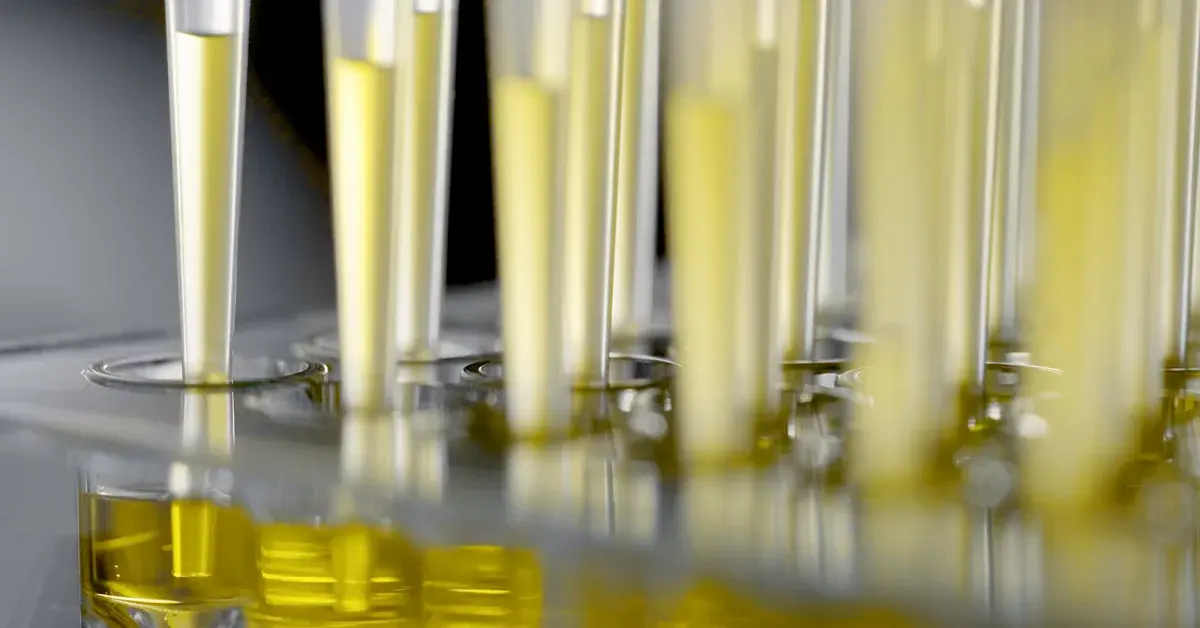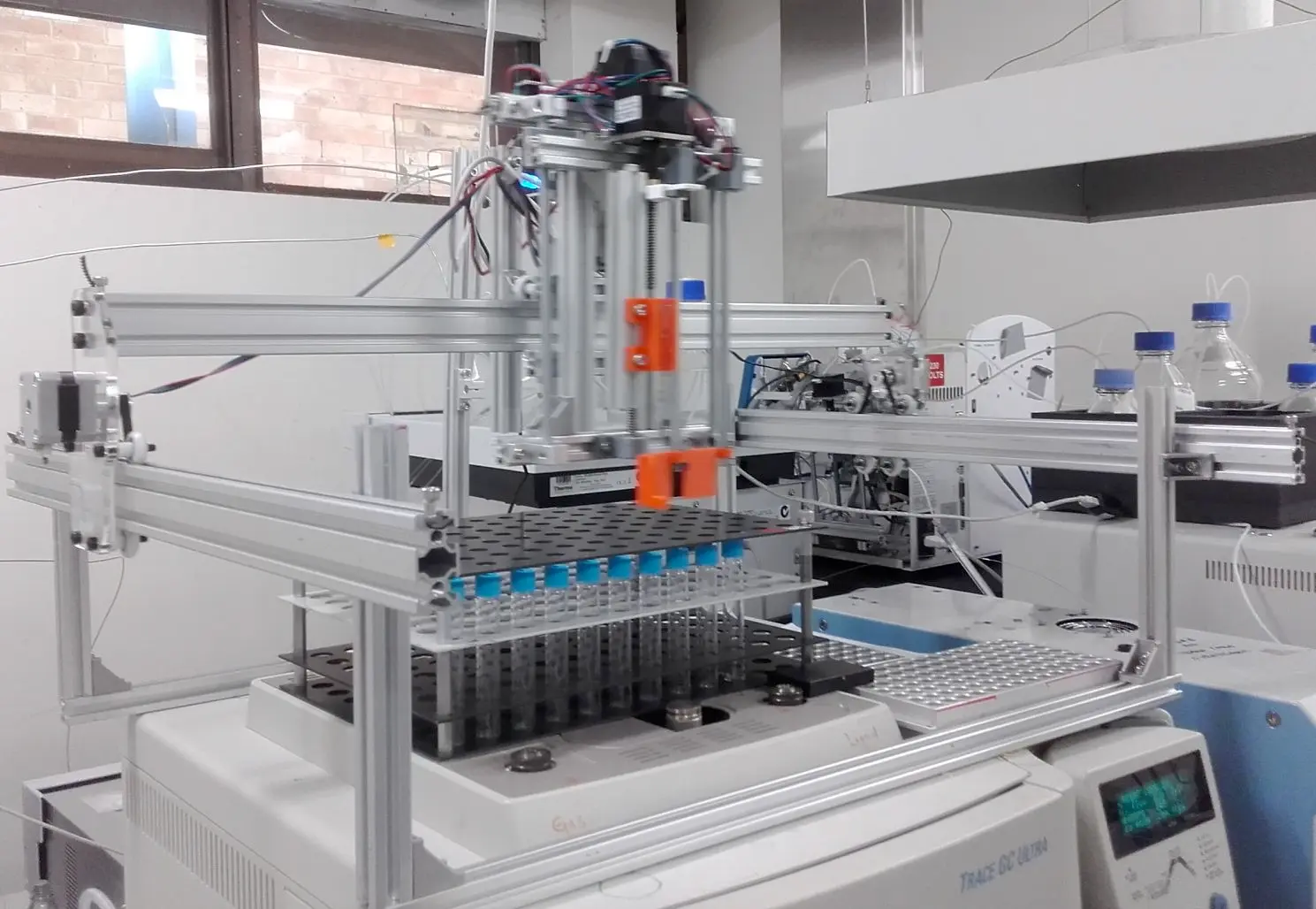Part I: Automating the laboratory: Choosing the right concept
Automation has reached ever larger areas recently. Due to the development of numerous new, cost-effective automation devices and modules, the automation of laboratory processes is also of increasing interest to small and medium-sized companies and research laboratories. Different degrees of automation from the automation of individual sub-steps to partial automation and finally full automation without manual intervention by an operator are possible. The selection of a suitable automation concept depends on various factors. In addition to the process itself, which with its sub-processes sets the requirements and framework conditions for automation, other parameters such as space requirements, investment, operating costs, planned operating times, and throughput are also important. The selection process for a suitable concept will be shown for a process in the area of material research.
Part II: Lab automation: How can smaller laboratories benefit?
Besides enabling higher throughput, laboratory automation has numerous advantages. These include, for example, improved quality of measurement results, reduced workload for employees, or improved safety when hazardous chemicals are involved. However, in most small laboratories, many processes are not yet automated because existing laboratory automation solutions are usually expensive and inflexible to use. Examples of this are autosamplers that are only compatible with one specific laboratory instrument or larger liquid handling stations that are expensive and usually self-contained. Here, we provide insights into solutions that are particularly suitable for smaller laboratories to enable cost-effective and flexible laboratory automation.







